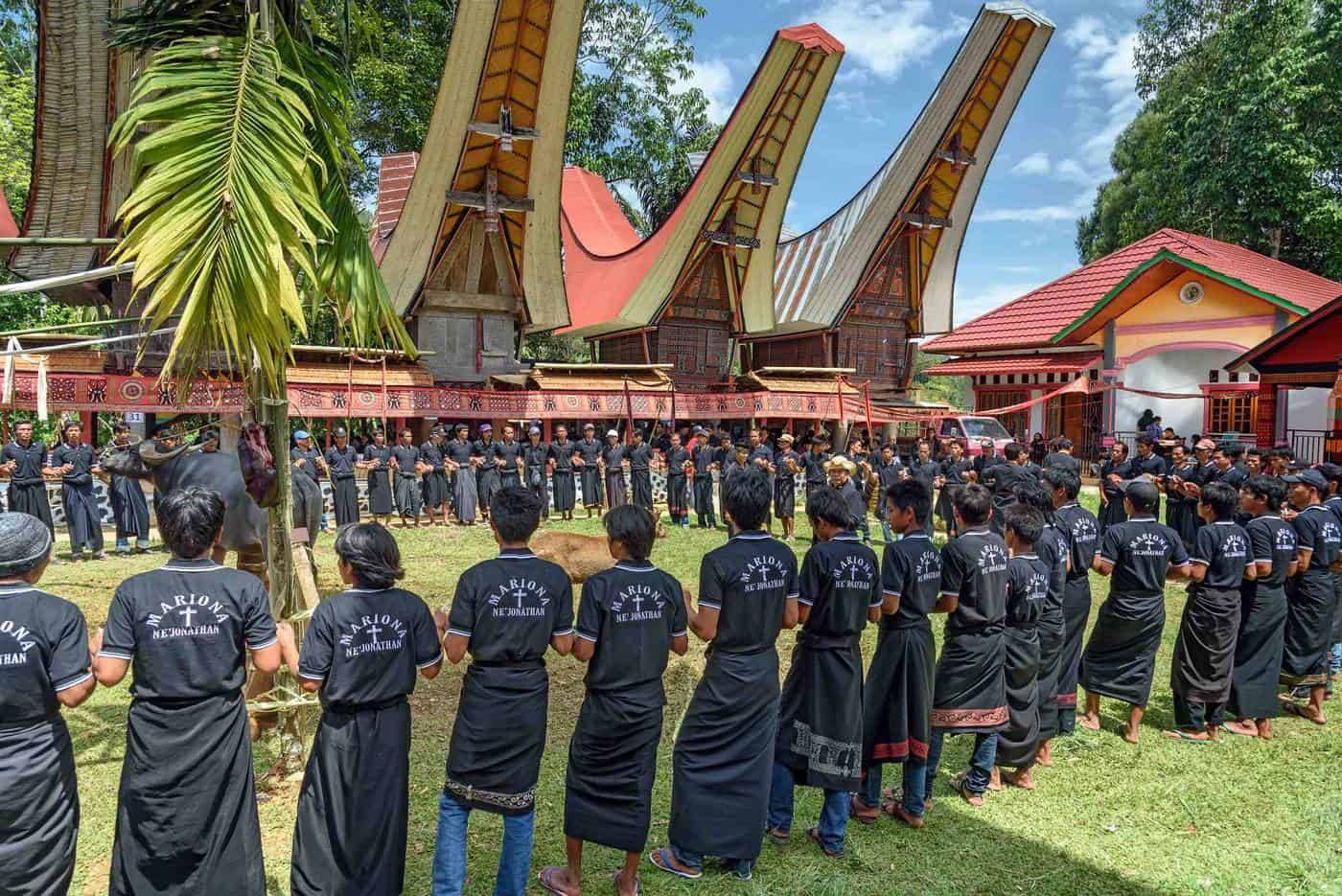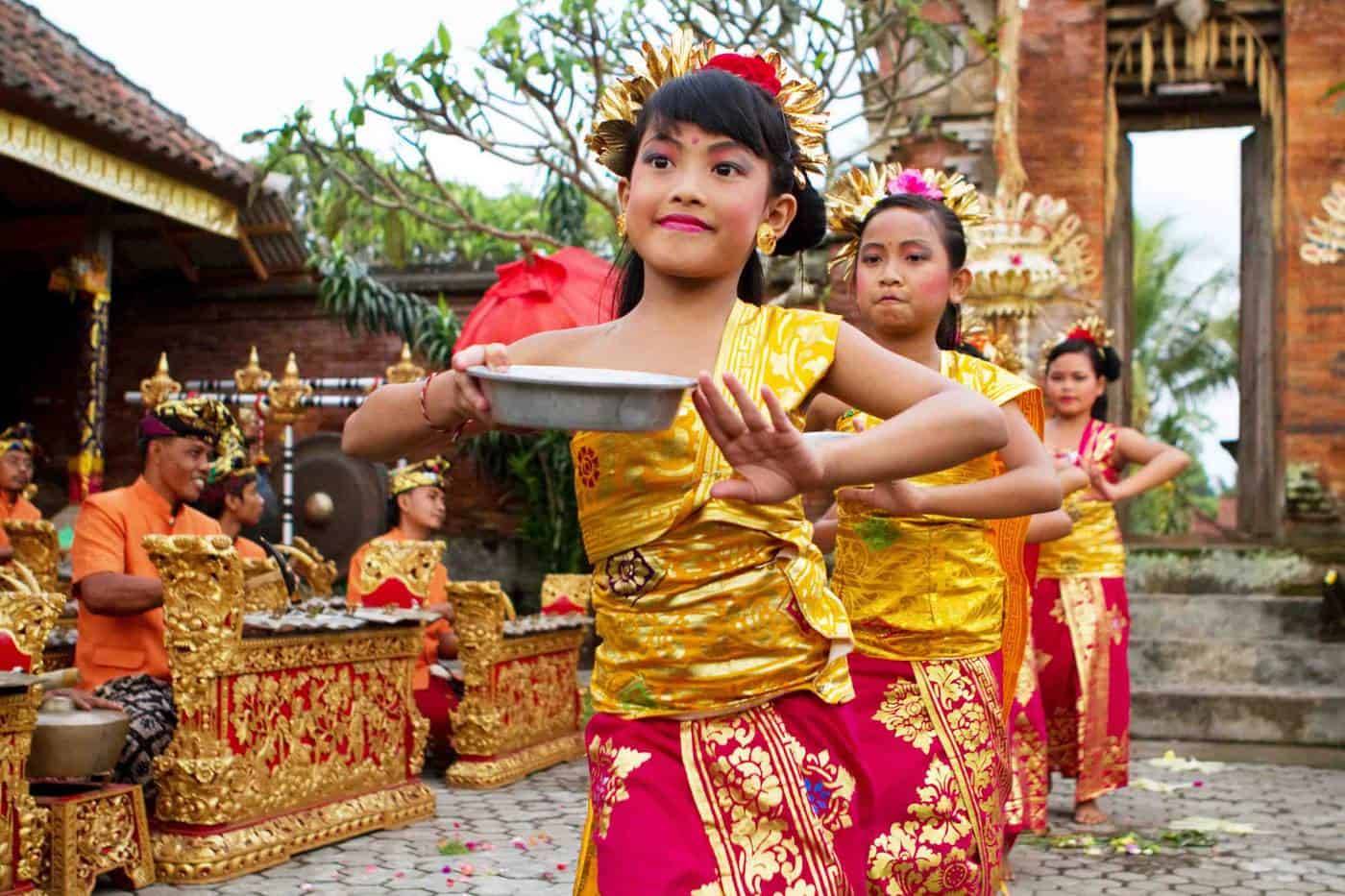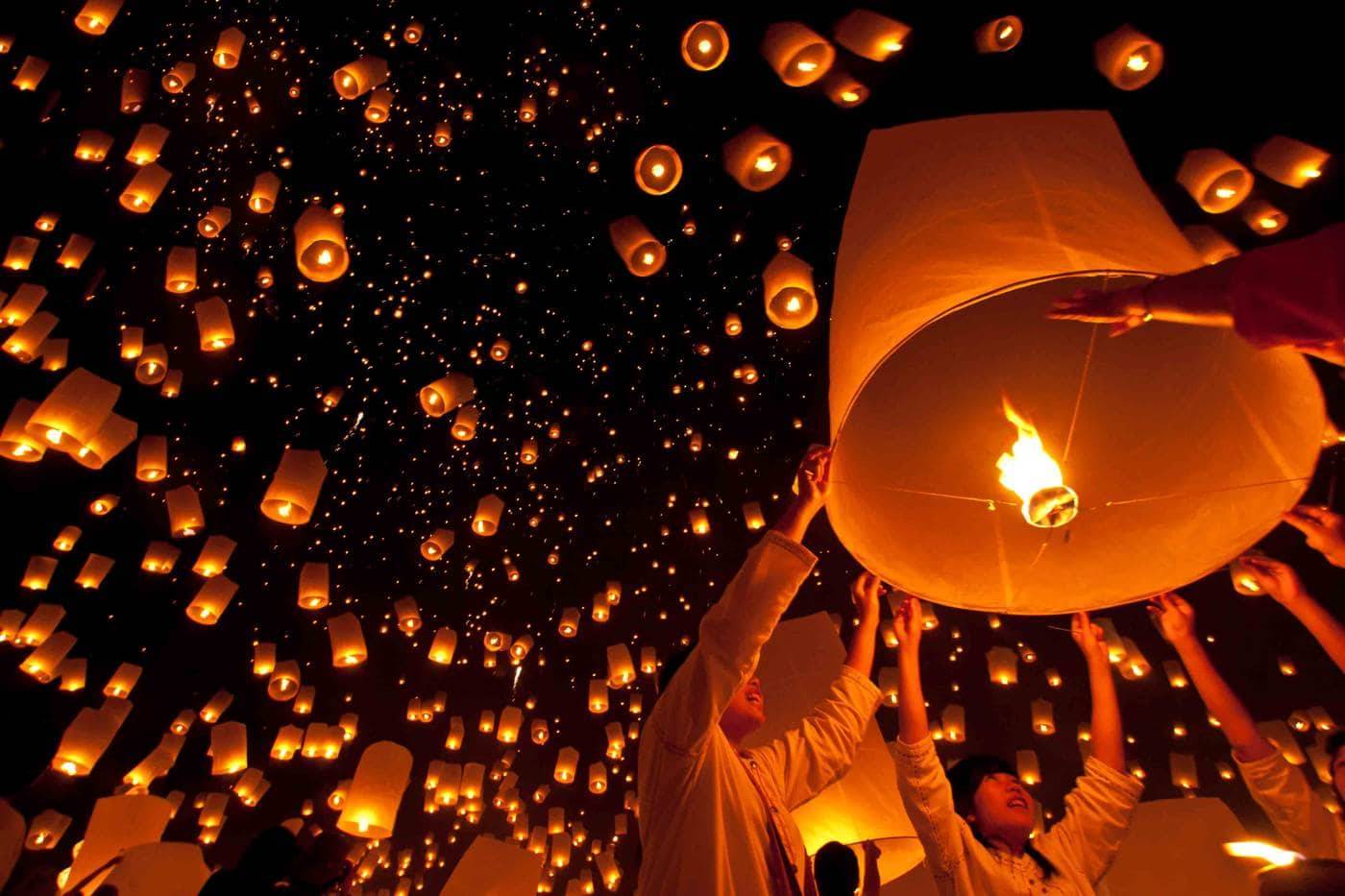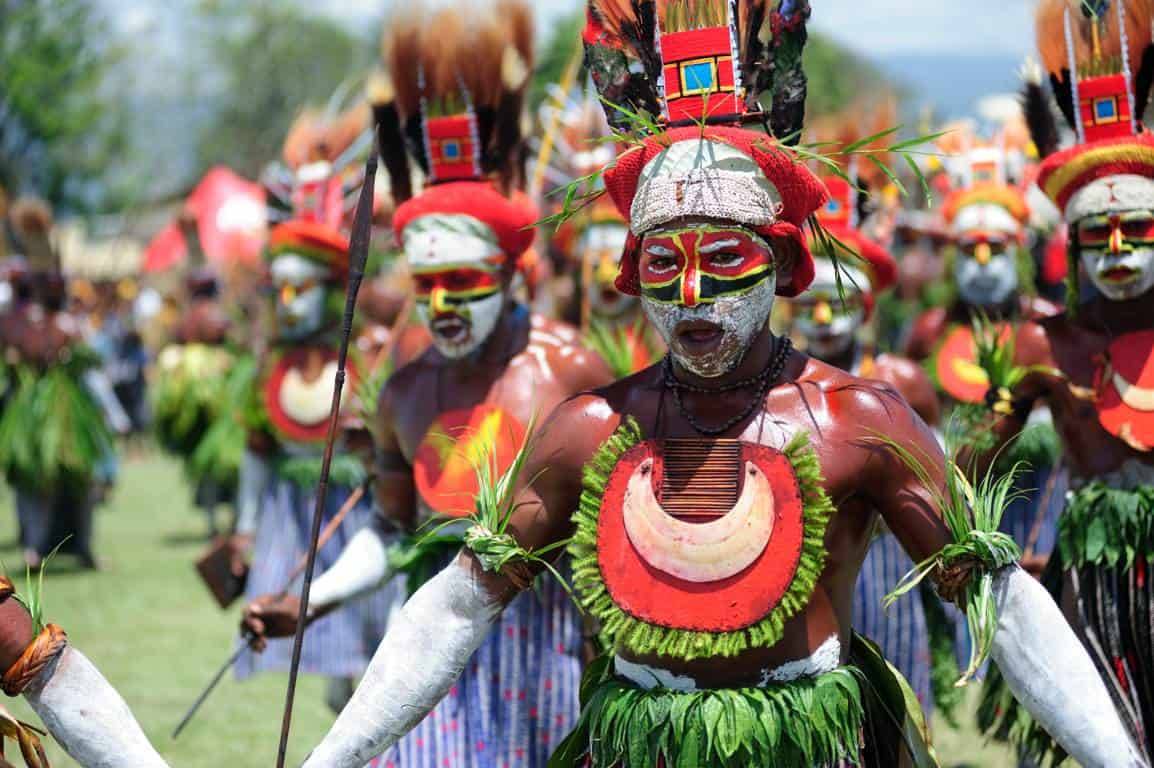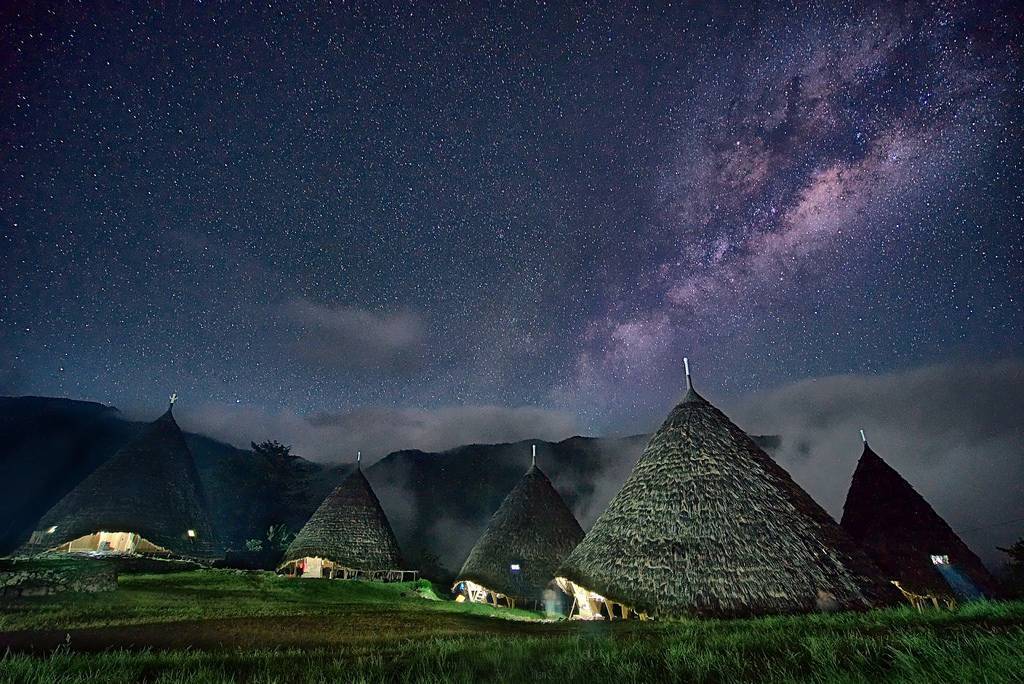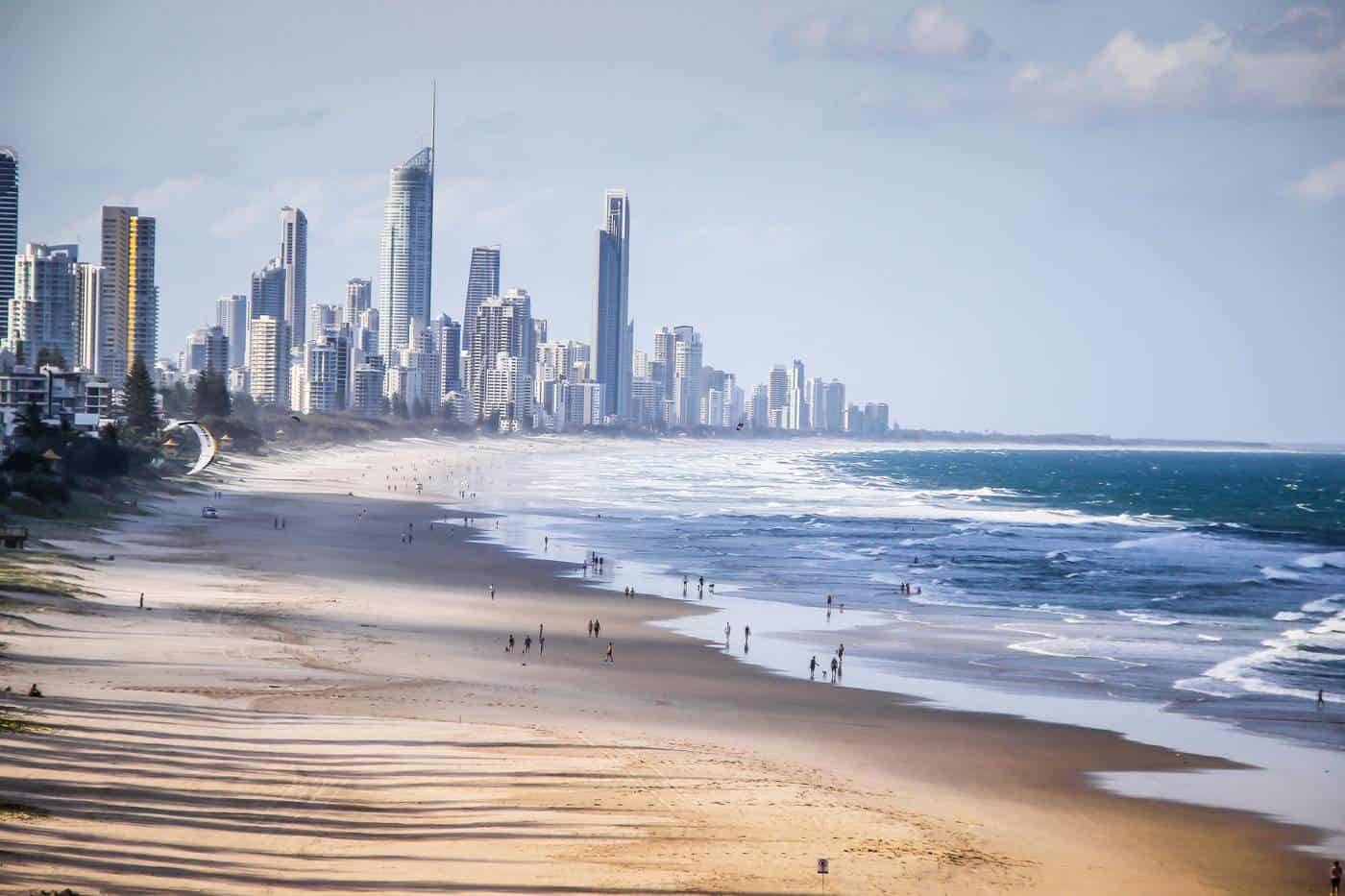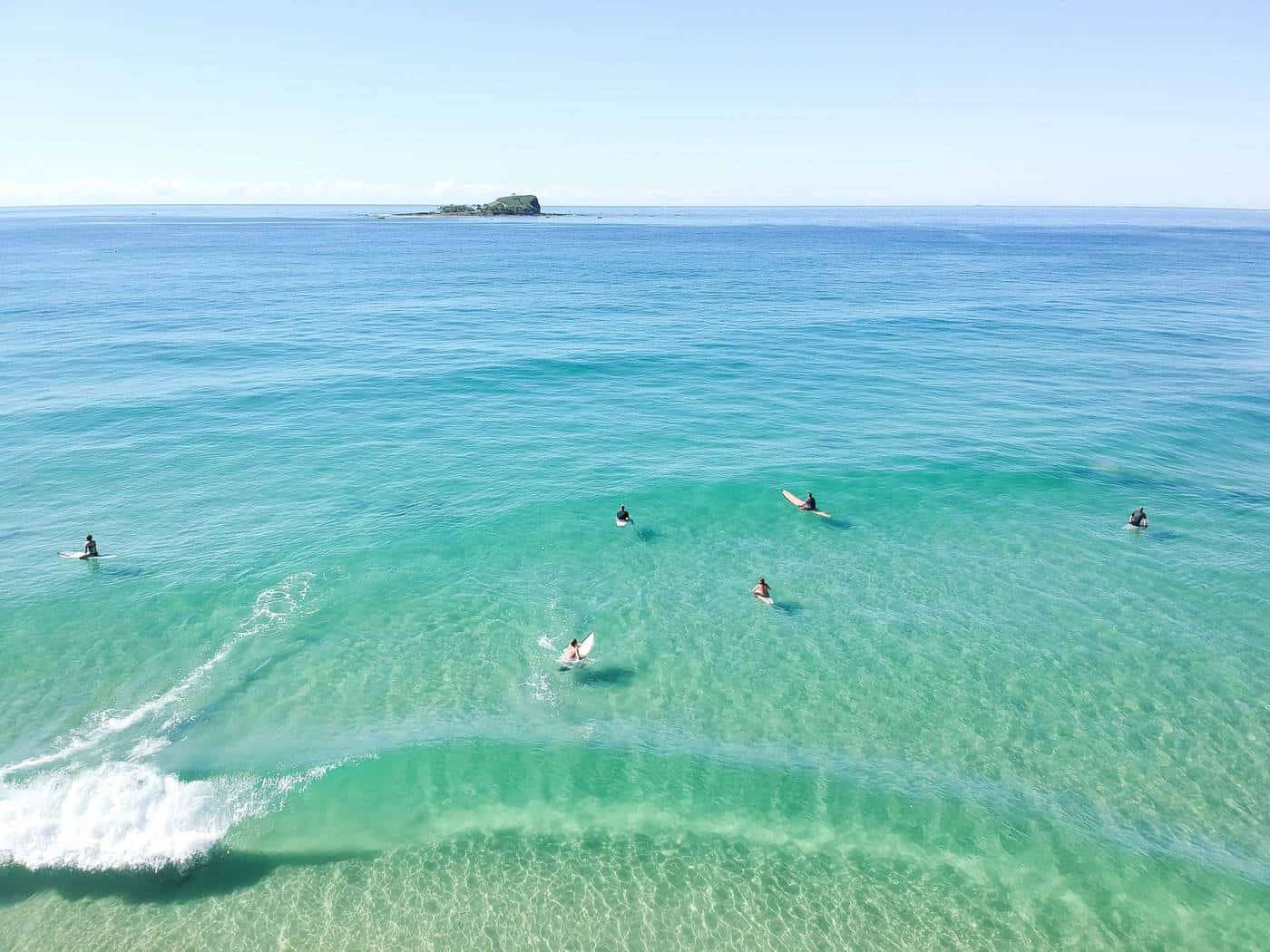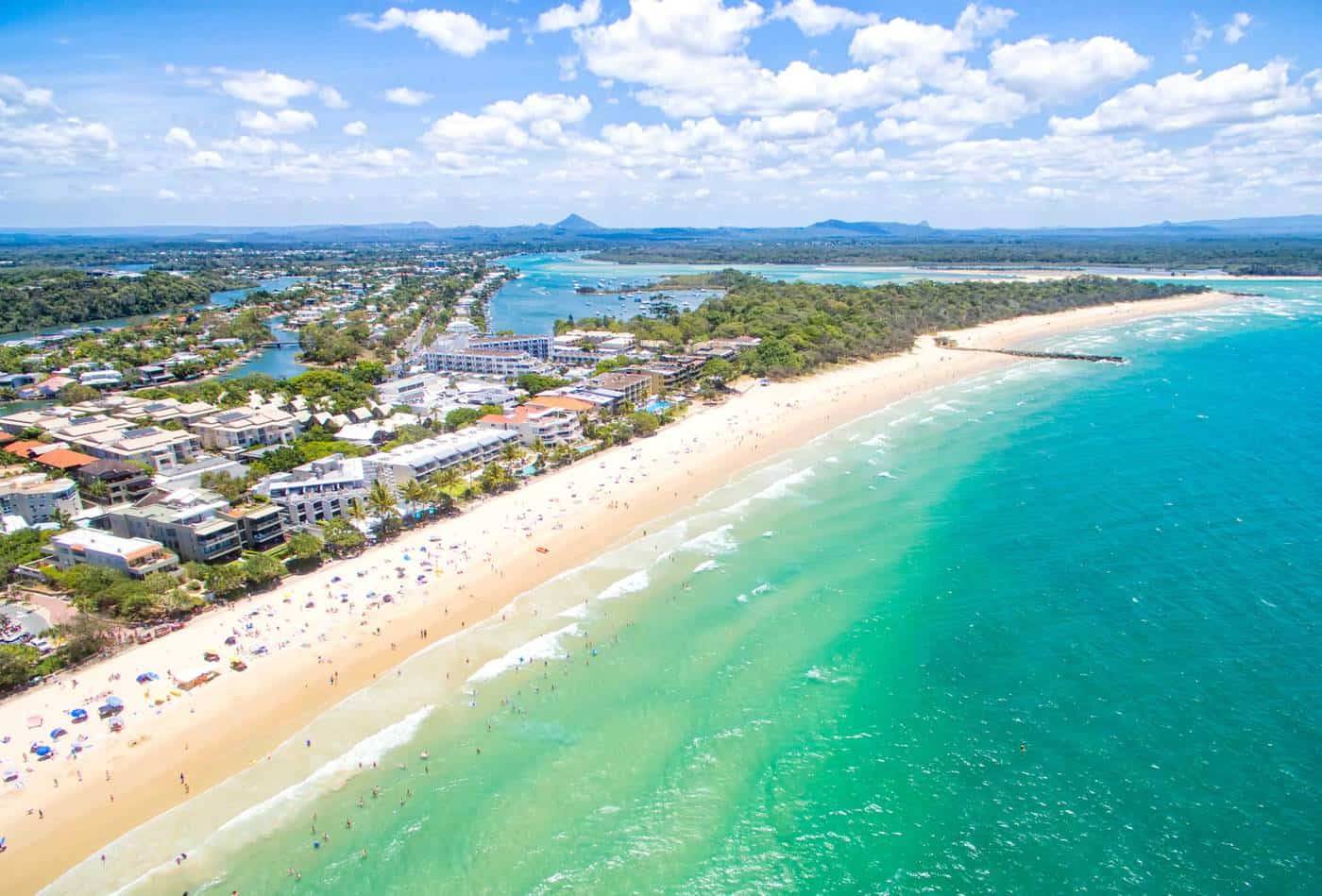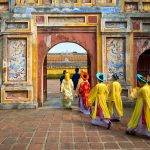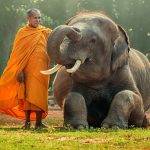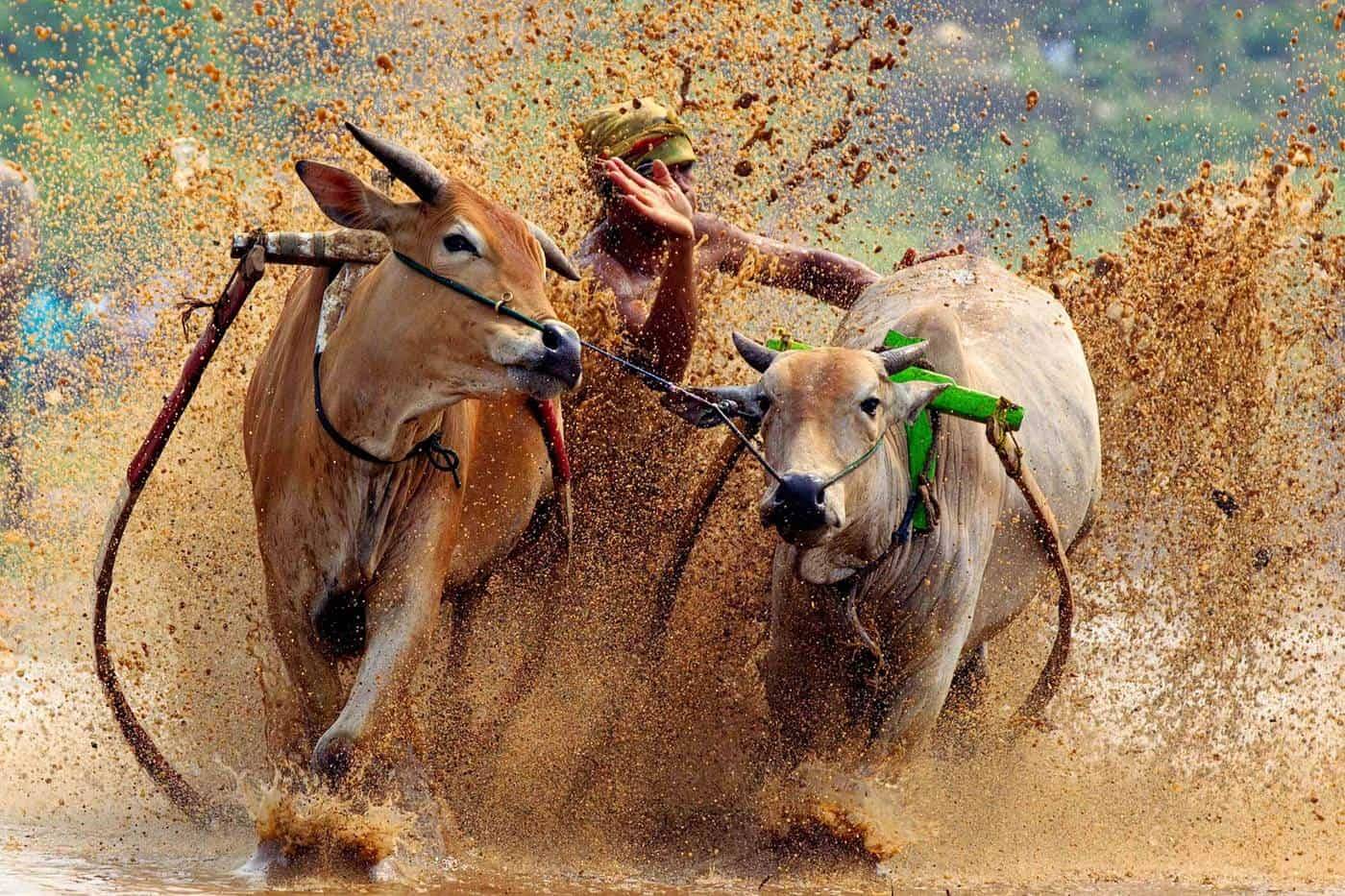
10 MOST EXTRAORDINARY EVENTS TO SEE IN INDONESIA
Hundreds of various ethnic and linguistic groups, religions and tribes inhabit the islands of Indonesia, and the country boosts cultural diversity. All year round, festivals and special events are celebrated throughout Indonesia`s Muslim, Hindu, Buddhist, Chinese and indigenous ethnic communities, including weddings and funerals, religious ceremonies, secular holidays and other occasions.
We have picked the TOP 10 extraordinary events in Indonesia where to feast your eyes and your camera on the extravaganza of exquisite performances, parades, displays, costumes and often very odd customs.
1.ERAU (EAST KALIMANTAN)
Erau is an old biennial event, and it literally means “loud and joyful”. The festival is held every year in September in the city of Tenggarong.
The event relates to a local legend – a story of the first Sultan of Kutai Kartanegara, and it has always been accompanied by extravagant ceremonies.
However, the meaning of this celebration has changed with time, and today, in the effort of preserving cultural traditions of the Dayak Kutai the festival presents an excellent display of the indigenous skills, costumes and dancing.
2.CAP GO MEH (WEST KALIMANTAN)
Visiting the Cap Go Meh Festival is an absolute ‘must’ when in Borneo.
The Chinese New Year is celebrated in Singkawan – a town with a strong Chinese heritage. This is a day when all spirits, gods and demons of Taoism gather in the city to spread their blessing upon the region.
The local shamans (tatungs) appear on the streets as a part of the big parade and perform an extreme corporal mortification and stick steel rods through their cheeks without shedding a drop of blood or leaving a scar on their faces.
The festival manifests the brotherhood between the Chinese Hakka people and the ancestral Dayaks that has finally come after long years of war.
3.TOMATE & MANENE (SULAWESI)
Perhaps the most famed and astonishing celebration of all that attract thousands of photographers and filmmakers from May till September each year; Tana Toraja is the place where the world-famous ‘Tomate’ funeral festival takes place.
Held over 7 days, the whole fiesta starts with parading oval coffins, then at least 24 buffaloes are sacrificed (in a quite drastic way) by the black, orange and gold-dressed villagers. Afterwards, each coffin is laid to rest in a house-grave before an effigy of the deceased is placed inside and displayed in a rock-mausoleum gallery facing outwards.
The event can be a bit overwhelming, especially to those with a weak stomach, there are mass buffalo and pig slaughters, bull-fighting and sisemba kick-boxing tournaments.
What can be even more shocking experience, however, is ‘Manene’.
Each August the extraordinary ‘ceremony of cleaning corpses’ is held in Tana Toraja, when the bodies of the deceased are exhumed to be washed, groomed and dressed in new clothes.
The ‘mummies’ are then walked around the village while their coffins are fixed and get ready for their residents to return after the grand ‘makeover’.
4.GALUNGAN (BALI)
Every 210 days the locals in Bali celebrate for 10 days the victory of good over evil. It marks the time when the ancestral spirits visit the Earth, and it is quite similar to the Hindu Diwali.
Penjor – the bamboo poles with offerings are installed to line the roads, pigs are slaughtered, and the whole event is accompanied by prayers, traditional music and street parade when the local ladies carry beautifully decorated baskets filled with offerings.
This cultural event is regarded as the most graceful of all.
5.NYEPI (BALI)
The major purification ritual and ceremony is held each March-April throughout the island of Bali. Nyepi is the ‘Day of Silence in Bali’ – quite literally.
This is a big day for the Balinese defined by a striking parade of religious objects from temples to sacred springs of the sea for purification.
The night before the festival starts, the spirits are frightened away with drums, cymbals, firecrackers and huge papier-monsters, and on the big day after, the families stay at home to wait until any remaining evil spirit is gone – this is the time when you will not meet a soul on the streets of Bali, especially in the countryside.
6.KASADA (EAST JAVA)
Kasada ceremony dates back to the time of the Majapahit Kingdom, during the reign of King Brawijaya. An old Hindu legend has it that a queen gave birth to a daughter, Rara Anteng, who married Jaka Seger, a young Brahmin. They fled together as Islam expanded in Java during the 15th century.
Although together and in love, they were not able to have any children, so they decided to climb up to the top of the Bromo Volcano and pray for help. The God of mountain listen to their prayer and promised to give them a lot of children under one condition – they would need to sacrifice one of them in return.
After the 25th child was born and the promise broken, the God got angry, and the last child was thrown into the crater. From then on, every year there must be a ceremony of offering as a punishment.
And so it is.. Every year on the 14th day of the month of the Tenggarese Calendar, locals gather at the rim of Mt Bromo`s fuming crater to present annual offerings of rice, fruit, vegetables, flowers, livestock and other local products that are thrown into the crater of Mount Bromo and a blessing is asked from the Supreme God – Hyang Widi Wasa.
7.SEKATEN (CENTRAL JAVA)
The celebration of the birth of the prophet Mohammed is held in the royal courts of Central Java each year in March and April. This old Muslim festival includes a night market, gamelan recitals, wayang kulit – the traditional Javanese shadow-puppet theatre performances, and wayang orang – the Javanese ballet performances.
The traditional ceremony goes on for a week and usually takes place in Yogyakarta and Surakarta (Solo), where traditional songs and prayers are sung, and Gamelan music is played during the Tumplak Wajik ceremony and a model of Gunungan, made out of rice, fruit and vegetables, is carried to the Grand Mosque where the local people rip it apart to grab a piece of prosperity and wealth.
8.WAISAK (CENTRAL JAVA)
Borobudur is not only to world`s largest Buddhist religious complex but also home to the major annual event for all Buddhists. Each May during the full moon, Waisak celebrates the birth, enlightenment and death of Siddharta Gautama, known as the Buddha.
Thousands of devoted Buddhists and monks gather in front of Borobudur to repeat mantras, chant and meditate together in complete silence. This holy festival can also be called ‘the full moon festival’ as after the sun sets the participants to release myriads of lanterns into the air that symbolises enlightenment for the entire universe.
Waisak is a quiet, peaceful and highly spiritual celebration and all participants are required to express a very respectful behaviour.
9.PASOLA (SUMBA)
Another impressive annual fiesta is Pasola, and it is an absolute must-see if travelling to Sumba.
This extraordinary harvest celebration takes place in Kodi, Lamboy and Wanokaka and it is the most important event on the island. It is held 4 times (in a row) between February and March (the exact dates are determined by local priests). Pasola is an ancient festival of the native animist tribes.
The show serves to balance the upper sphere of the heavens with the frenetic pitched battle between two villages of spear-wielding horsemen.
The “bloody” fiesta is held on a flat battlefield where spear-armed horsemen from the two villages meet, and they are divided into two teams, which are supposed to fight against each other. Spilling of their blood is to be believed to placate the spirits of the tribes and restore the balance between the villages, hence the blood-element is essential!
10.PACU JAWI (WEST SUMATRA)
One of the most bizarre but truly eye-catching events in Indonesia is Pacu Jawi. This famous cow racing in mud truly is a spectacle. Taking place around the regency of Tanah Datar the festival goes on for 11 months moving from town to town, from village to village.
Each celebration is held on a rice field – as lots of mud is needed so that the ‘mud cow race’ can be started.
The madness of the competitors being dragged through the mud while solely holding onto tails of two running cows is just unbelievable! Coupled cows run along the muddy field about 30 metres long, and each couple is steered by a jockey with his hands on the cow`s tail. His feet are placed on the wooden construction which binds the cows together and to make them run faster he often bites the cows in their tails.
11.BONUS – BALIEM VALLEY FESTIVAL (WEST PAPUA)
Set in the Central Highlands of West Papua, Baliem Valley is an extraordinary place with extraordinary people. Tribes of Dani, Yani and Lani, gather up each August in Wamena to celebrate their annual festival.
Ancient cooking traditions and loud music are presented, and the fascinating arts are performed, but the highlight is the mock tribal warfare held to maintain the preparedness of the tribes to defend their villages.
This tribal war simulation goes for 2 days, and the battles are accompanied by Pikon – a traditional wooden musical instrument. The visitors can watch spear throwing competitions, pig racing as well as unforgettable musical and dance performances.




